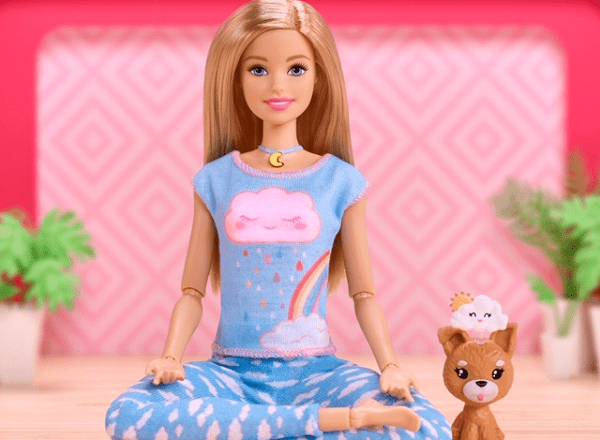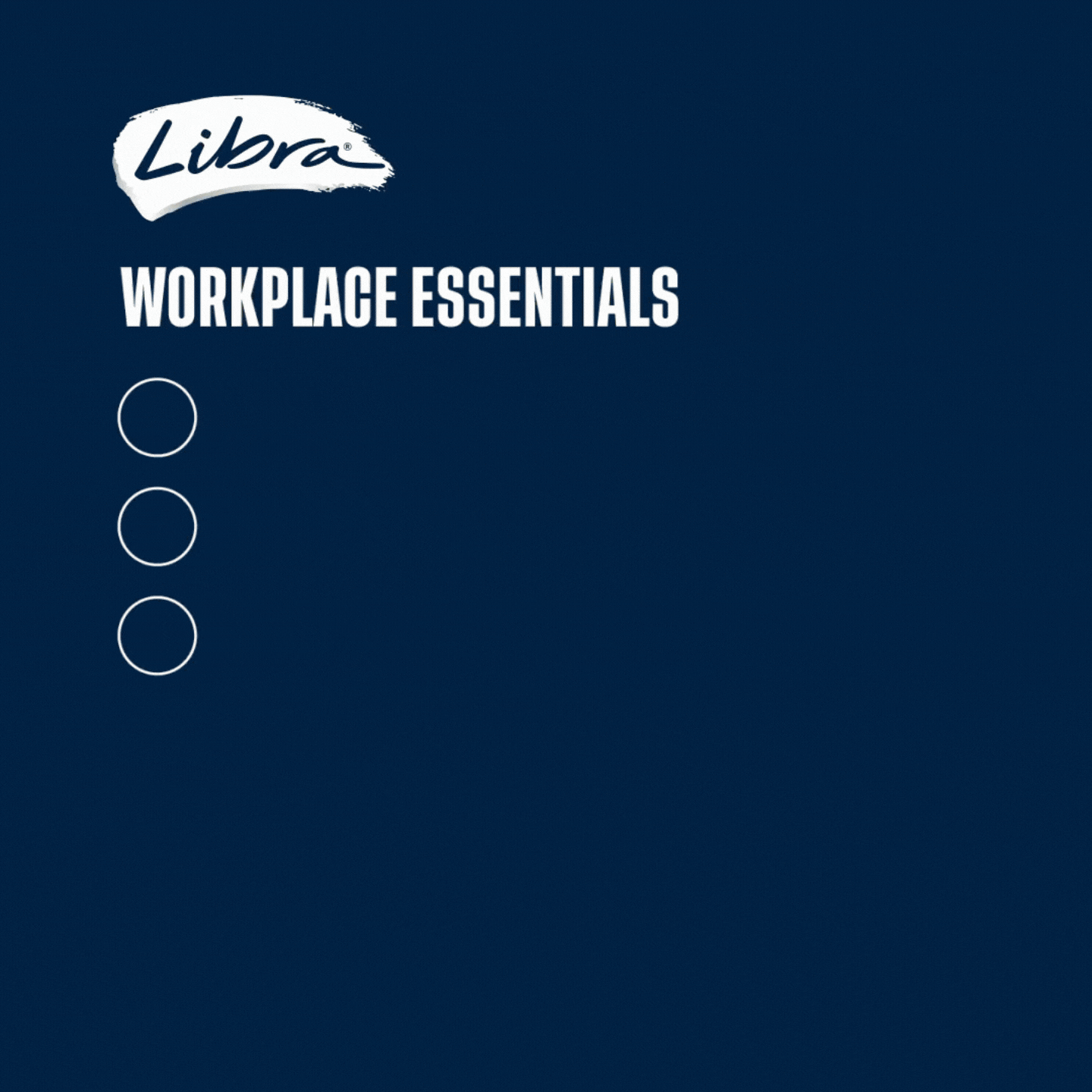“Barbie knows the way to be one’s best is to give yourself the best care!”, proclaims the advertising copy. “Barbie introduces girls to the benefits of self-care through play,” it goes on, as it spruiks various accessories, including athleisure, a face mask play set, fizzy bath bombs and mindfulness meditation.
How did it come to this? The concept of self-care originally gained prominence in Black and Queer activist circles in the 1970’s and 80’s as a gesture of defiance. In 1988, the radical Black feminist Audre Lorde famously said, “Caring for myself is not self-indulgence, it is self-preservation, and that is an act of political warfare.”
Yet, in a mere three decades self-care has been whittled down to “Wellness” Barbie…. and of course she is wearing a “Girl Power” T-shirt, further proof that corporate feminism has now also taken hold of the concept, along with late stage capitalism (think department stores selling jeans with fake mud on them for $425), thereby rendering it completely meaningless.
Self-care is now little more than a vehicle to sell women, and now girls, that they don’t need alongside the myth that if they just invest in themselves anything is possible. You can almost imagine “Wellness” Barbie was dreamed up in the Goop Lab by Gwyneth Paltrow and her Frankenstein wellness gurus.
Looking back through the archives of problematic Barbies, one quickly realises that “Wellness” Barbie is not unique. Many attempts by Mattel to keep pace with changing times by transforming its most iconic doll — who originally came with a book entitled “How To Lose Weight” that advised “don’t eat” and a scale permanently marked at 110 pounds (35 pounds underweight for Barbie’s 5’9” frame) — have fallen short of their lofty goals.
There was “Share the Smile” Becky, a wheelchair user whose wheelchair, one eagle eyed girl pointed out, didn’t fit in the lift of Barbie’s Dream House. And “Computer Engineer” Barbie — one of 130 plus career-oriented Barbies introduced over the years to transform the once passive doll into a Lean In modern career woman — who in the accompanying book, “Barbie: I Can Be a Computer Engineer”, haplessly injected her computer with viruses that she couldn’t fix without the help of her male co-workers.
Each ham-fisted attempt by Mattel to transform Barbie tells us something about the times we live in. Every generation, it seems, gets the Barbie it deserves, and “Wellness” Barbie is no different.
Firstly, there is the blindingly obvious. While writing this, my 10-year old daughter asked, “Mum, why do you have so many pictures of Barbie up on your screen?”. When I explained that I was writing about the new “Wellness” Barbie, she asked, “Is she still super skinny”. “Seems to be”, I answered. “Taking care of yourself means not being that skinny,” she wisely replied. Touché Ms. Ten.
But even more alarmingly, “Wellness” Barbie would have girls retreat to a soothing bath (the “self” in “self-care”) rather than take collective action to tackle the systemic inequalities that could negatively shape their future….the very inequalities that contributed to the burn-out of their mothers’ generation, giving rise to the perceived need for this new, vacuous, quite frankly selfish, form of “self-care”.
As the feminist writer Laurie Penny wrote, “the risk of promoting individual self-care as a solution to existential anxiety or oppression is that victims will become isolated in a futile struggle to solve their own problems, rather than collectively change the systems causing them harm”.
“Wellness” Barbie is not obviously engaged in any of the vital social justice work that Lorde and her ilk had in mind when they originally conceived of the concept of self-care as a sustaining force enabling good people to do good work… the kind that would truly shift the goal posts for women and girls. Or maybe I missed “Women’s March” Barbie, “Planned Parenthood” Barbie, “Time Out” Barbie and “Black Lives Matter” Barbie.
You have to ask, is “Wellness” Barbie’s idea of self-care the message we really want to send the next generation of girls who are poised to take action, “rising up and taking charge”, according to a new report, “She Has a Plan: The Unique Power of Girls to Lead Change”, released late last year by the international girl’s non-profit Plan International? Exhibit A: Greta Thunberg and Malala Yousafzai.
In that regard, “Wellness” Barbie’s oh so tempting message of individual retreat and self-absorption may ultimately prove more harmful than the now infamous “Teen Talk” Barbie’s message to my generation that, “Math class is tough”. The ongoing fight for women and girls’ equality will be tough. But with Lorde’s (not Barbie’s) notion of self-care to sustain them, girls may yet help shape a different world.
Kristine Ziwica tweets @KZiwica.


